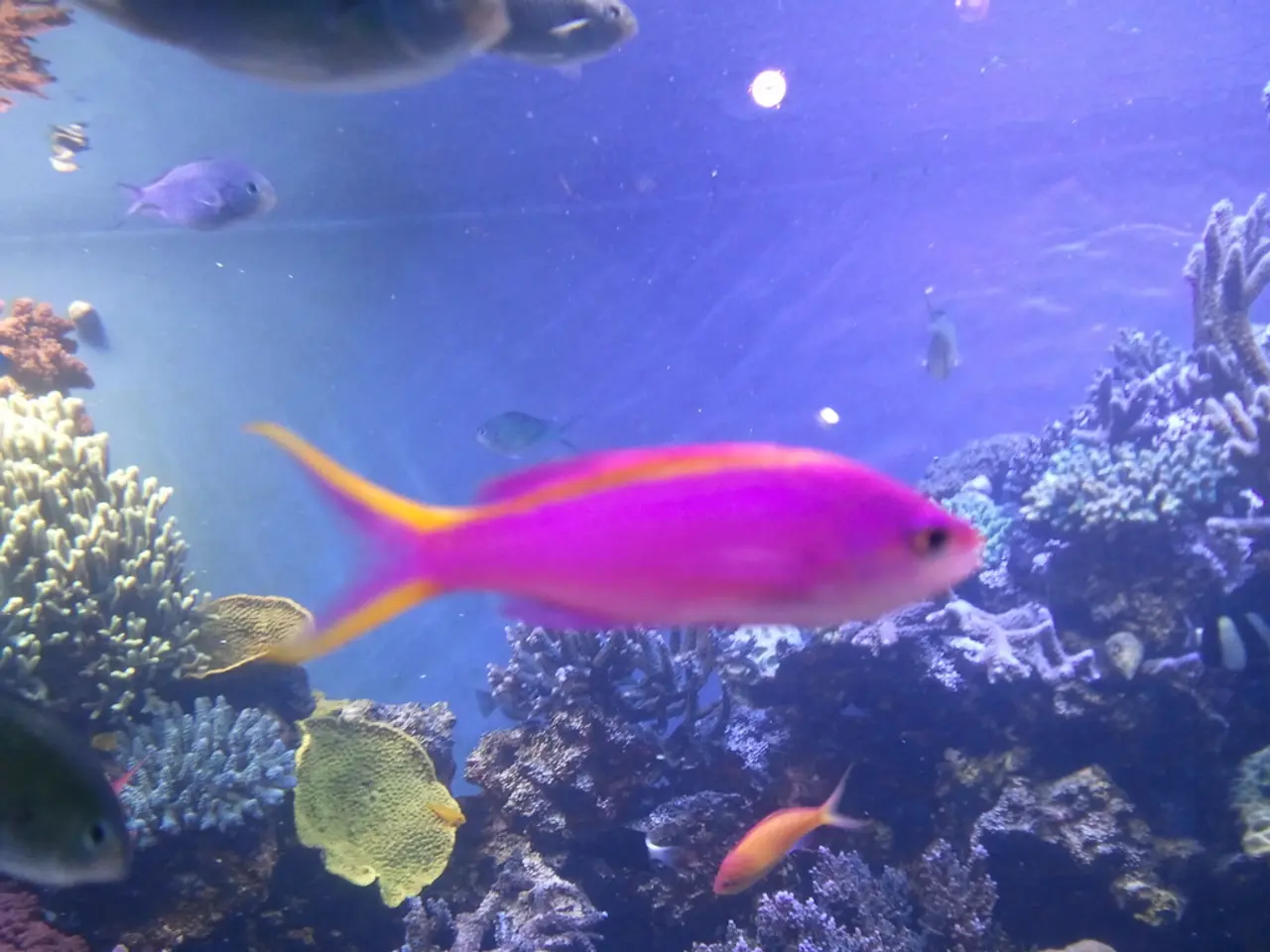Unspoiled tropical beauty adorns Virgin Islands National Park on St. John's island, featuring stunning coastlines, dense forests, and shimmering Caribbean seas.
In the heart of the Caribbean, the U.S. Virgin Island of St. John boasts a rich history that dates back to the 17th century. Established on August 2, 1956, the island's development has been shaped by its Danish colonial past and subsequent U.S. governance.
Originally inhabited by indigenous populations, St. John became part of Danish colonial holdings in the 17th century. The Danish West India and Guinea Company, which established control in the Caribbean region, including neighbouring St. Thomas in 1666, set up plantations on St. John primarily growing sugarcane. This plantation economy, relying heavily on enslaved Africans for labour, shaped the island’s landscape and social structure for over two centuries.
Fast forward to 1917, when the United States purchased the Virgin Islands from Denmark for $25 million. Initially administered by the U.S. Navy, the islands later came under the jurisdiction of the Department of the Interior. Post-World War II marked the beginning of tourism development, which gradually transformed the islands’ economies away from agriculture.
Conservation efforts on St. John have been significant in preserving its natural environment amid increasing tourism and development pressures. A landmark conservation milestone was the establishment of the Virgin Islands National Park in 1956, which covers about 60% of St. John’s land area. The park protects tropical forests, coral reefs, and historic plantation ruins, ensuring that the island’s natural and cultural heritage is preserved.
Today, the national park owns only slightly more than half of St. John, despite its boundary including three-quarters of the island. The park faces pressure from the numerous cruise ships that disgorge large numbers of visitors at once, straining park resources. Some of the park's trails may be closed for maintenance work; visitors are advised to ask at the visitor center.
In recent years, the U.S. Virgin Islands government has emphasized education on the islands’ history and cultural heritage. Legislation has been passed to teach Virgin Islands and Caribbean history in schools, supporting broader conservation of cultural identity alongside environmental efforts.
St. John, with a total land area of 15,135 acres or approximately 19 square miles, is home to over 800 subtropical plant species, including mangoes, soursops, turpentine trees, wild tamarind, century plants, and sea grapes. The island's diverse ecosystem includes moist high-elevation forests, desertlike terrain, mangrove swamps, and coral reefs. The island's famous beaches depend on the health of its fringing coral reefs, which are complex and fragile communities of plants and animals.
The sugar industry on St. John was doomed by the time the Danes abolished slavery in 1848, leading to a fallow, century-long period known as the "subsistence era." Spain, France, Holland, England, Denmark, and the United States have controlled various islands in the Virgin Islands at different times. Christopher Columbus sighted the Virgin Islands in 1493 and named them after St. Ursula’s legendary 11,000 virgins.
As we look to the future, St. John continues to balance its historical legacies with environmental stewardship, ensuring the preservation of this Caribbean gem for generations to come.
The expedition to the forested lands of St. John, a U.S. Virgin Island, reveals a rich conservation effort aimed at preserving its diverse species, such as mangoes and soursops, and unique ecosystems like the moist high-elevation forests and coral reefs. Tourists traveling to this island can contribute to lifestyle changes promoting the conservation of its natural and cultural heritage, having been influenced by Indigenous populations, Danish colonization, and American governance. Despite pressures from increasing tourist numbers and cruise ship arrivals, the island's future looks promising as education and legislation emphasize the importance of understanding and protecting its history and environment.




